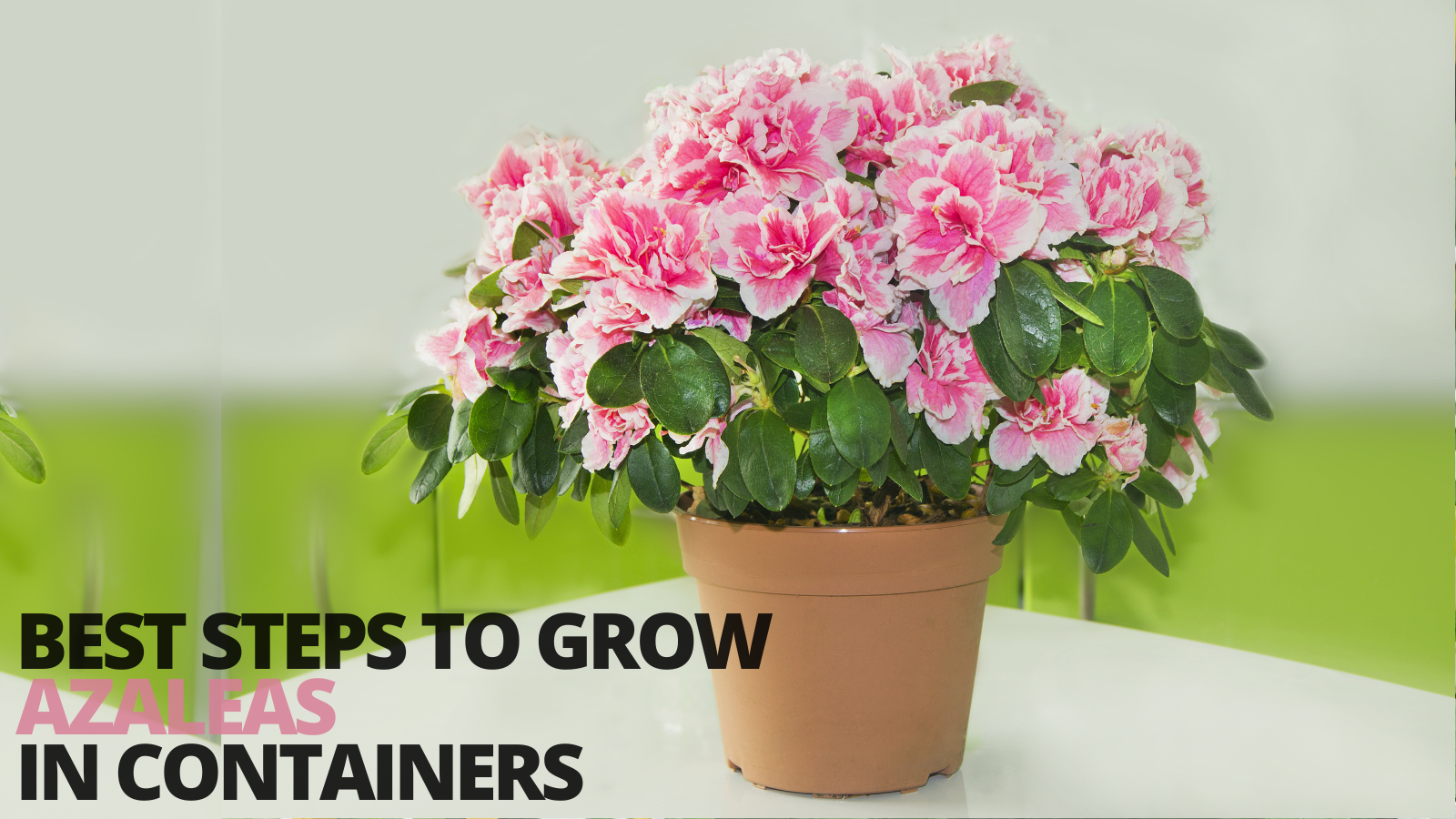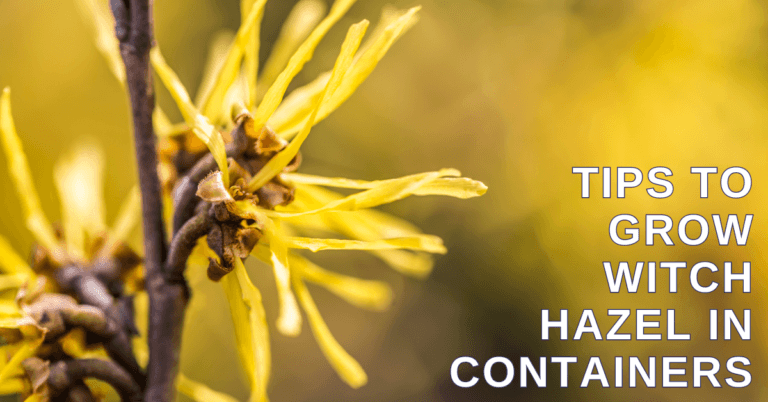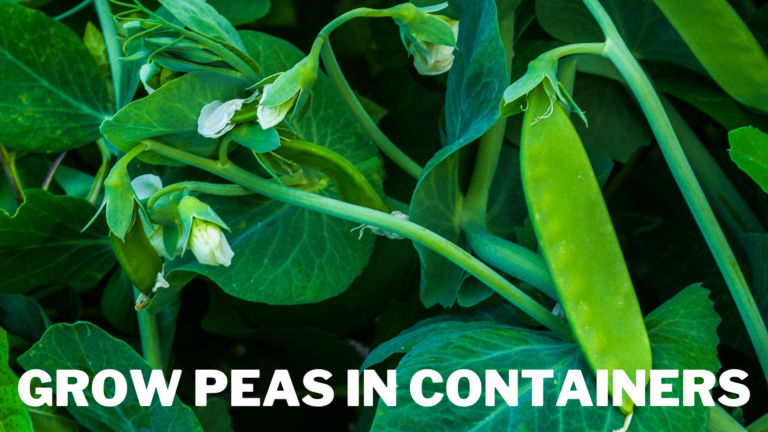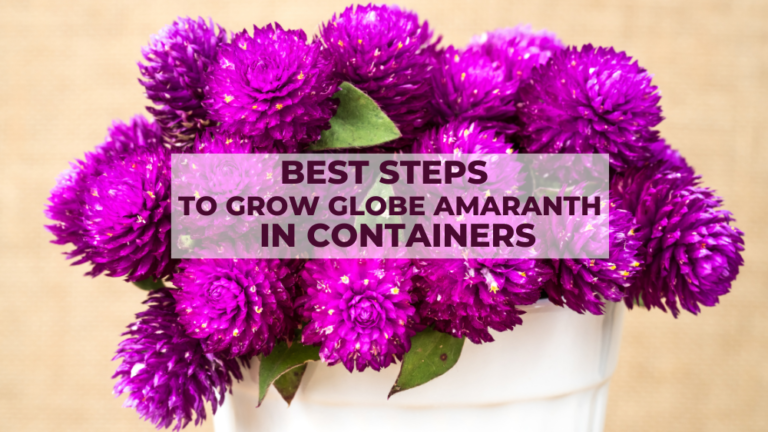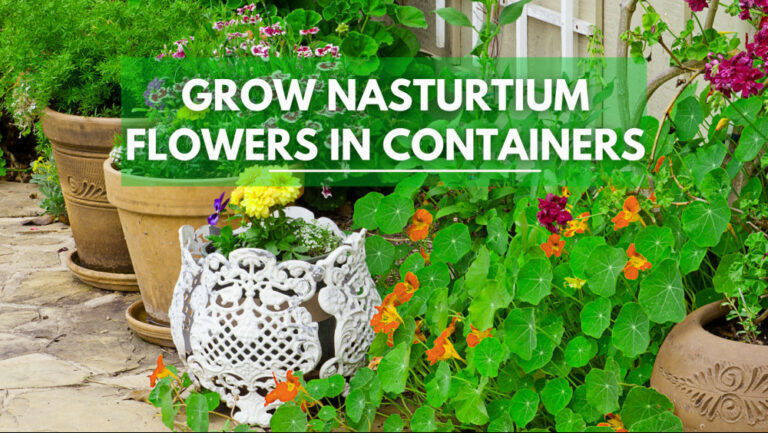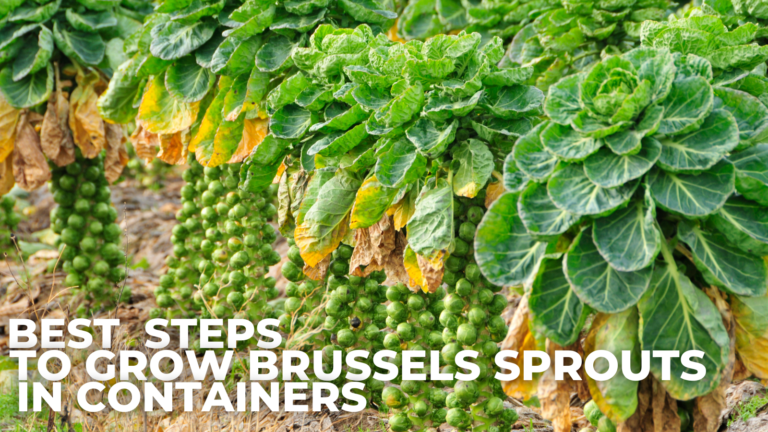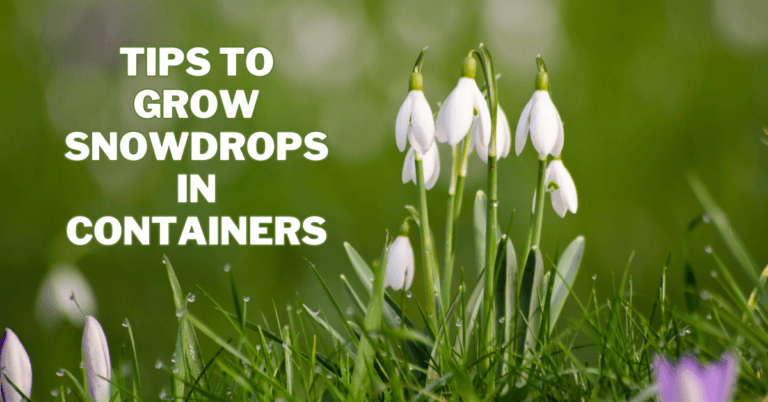Best Steps To Grow Azaleas In Containers
Best Steps To Grow Azaleas In Containers
Azaleas are difficult to top if you're searching for a low-maintenance plant that produces masses of vibrant colour and lovely leaves.
Evergreen cultivars interest the year-round garden, while some deciduous forms make stunning fall colours.
Azaleas are perfect for container growing because they are neat and compact. Read on for more details on taking care of azalea plants in pots if the idea of increasing azaleas in containers piques your curiosity. The blog will be helpful to grow azaleas in containers, ideally.
History & Origin Of Azaleas
Azaleas belong to the Ericaceae family of ancient plants dating back 70 million years. They are related to Pieris, blueberries, and rhododendrons.
Most azaleas that we are familiar with today are descended from Asian shrubs, and they were first grown by Buddhist monks in their monasteries.
Rhododendron luteum became the parent plant of numerous azalea hybrids when its seeds were transported from the Black Sea coasts to England.
The azalea, Nepal's official flower, is mentioned in ancient Chinese medical writings. A poet from the Tang Dynasty named Bai Juyi, born in 772 A.D., adored azaleas and had some in his yard. The plant was described as “a beauty amidst all flowers” in one of his poems.
The azalea is typically divided into two groups in Japan: Tsutsuji, which includes all varieties that bloom 30 days after the spring equinox, and Satsuki, which provides for varieties that bloom about 30 days later. In Holland, Japanese azaleas first appeared in 1680. They gained popularity as greenhouse plants in Germany, Belgium, England, and France under the name “Indian azaleas.”
Azaleas belong to the Rhododendron genus and are flowering plants. Evergreen azaleas belong to the Tsutsusi subgenus, while deciduous azaleas belong to the Pentanthera subgenus.
These flowers come in various colours, including purple, white, yellow, orange, red, reddish-orange, and pink, with more than 10,000 different cultivars. Azaleas carry significance and meaning, just like the majority of flowers.
Types Of Azaleas
Due to their adaptability to various environments, azaleas are a mainstay in most gardens. Azaleas are dangerous.
Therefore, you should use caution while planting them close to children or animals. To grow azaleas in containers ideally, you should know about the best varieties.
1. Autumn Bonfire
The multi-season blooms bloom in all four seasons with single and semi-double brilliant red petals that contrast nicely with the dark green leaves.
This perennial will bloom three times: in the spring, all through the summer, and until the end of the fall.
It can tolerate both heat and cold. The location and growing circumstances affect the number and quality of these repeat bloomers.
Although it can handle direct sunlight, the autumn bonfire prefers some shade. Hummingbirds and butterflies are drawn to the flowers.
2. ‘Lemon Lights' (Rhododendron ‘Lemon Lights')
The University of Minnesota's “Lemon Lights” azalea hybrid has spring blooms that are lighter yellow on the borders and turn more golden near the throat. It is another cold-hardy introduction.
These colourful, spectacular flowers do a great job of drawing pollinators. The shrub tops out at around 6 feet and grows slowly.
Ensure the soil is moist enough, especially as the plant is being established. After the shrub has finished blooming, lightly prune it to shape it. Give the plants some midday shade in hot areas.
3. ‘Encore Autumn Amethyst' (Rhododendron ‘Conlee')
Azaleas from the Encore series, like ‘Encore Autumn Amethyst,' which has stunning purple winter foliage and flowers, bloom on new growth at various points throughout the growing season instead of merely in the spring as other azaleas do.
With more than 30 Encore variations available, you may find a shade that goes well with your landscape.
To encourage additional flowering, swiftly remove spent blossoms. The flowers will draw pollinators like butterflies, hummingbirds, and other birds to your garden during the growing season.
4. ‘Hot Shot' (Rhododendron ‘Girard's Hot Shot')
You should set aside a particular spot for this azalea with bright red blossoms. ‘Hot Shot' is a low-growing hybrid in the Girard series that does well in the centre of a border. Being an evergreen, the azalea is vulnerable to harm from winter conditions.
It should be placed in a protected area away from the wind and the low-lying regions that could freeze, damaging the plant's buds. Also, avoid thick clay soil with poor drainage, which can cause root rot.
However, water frequently is needed to keep the roots from drying out. 1 R. “El Capitan” and R. “Aladdin” were crossed to create this variety.
5. ‘Variegated Gem' (Rhododendron ‘Girard's Variegated Gem')
For gardeners that expect three seasons of interest from their azaleas, there is “Variegated Gem.”
This hardy shrub will adorn your yard with vivid pink spring flowers, white-edged summer foliage, and scarlet fall foliage.
Because of its tiny size, it typically just requires little shaping and the removal of any dead or broken branches.
Consider planting it in a wind-protected area and using mulch to keep the soil moist around its base.
A complex hybrid known as “Variegated Gem” was created by mating a cross between R. “Boudoir” and R. “Aladdin” with a cross between R. “Boudoir” and R. “Corporal.”
6. ‘Fireball' (Rhododendron ‘Fireball')
Exbury azalea hybrids like “Fireball” are suitable for novice gardeners. Like other deciduous azaleas, they have good winter resistance and abundant spring blooming.
Being an early bloomer, its brilliant orange-red blossoms won't be obscured by your other spring flowers thanks to the upright growth habit.
Although this variety grows slowly, it usually requires little pruning. Keep your soil fertile, acidic, and moist to maintain its ideal growth conditions.
Grow Azalea In Containers
Azaleas are fantastic shrubs with stunning flowers that brighten springtime landscapes. But did you know that these lovely plants can be grown in containers?
Azaleas can be grown in pots outside or indoors with a little additional care over the winter if they aren't quite hardy in your growing zone.
You may grow these magnificent plants confidently because we have comprehensive instructions on cultivating azaleas in pots.
Plant azalea blossoms to add stunning curb appeal to an east-facing home in the spring.
Container To Grow Azaleas In Containers
Numerous azaleas can reach heights and spread four to six feet, deciduous or evergreen. The mature height and spread of dwarf variants range from two to three feet.
When choosing a container, it's crucial to consider the mature proportions of your variety. You must select a container with drainage holes in the bottom at least two feet wide and deep because the roots require space to spread out and grow.
Ascertain that the container is substantial and hefty enough to prevent your shrub from toppling over in a high wind.
Soil To Grow Azaleas In Containers
When it comes to azaleas, having the appropriate ground is crucial. Unfortunately, since you cannot use natural soil, you must buy specially blended potting soil for azaleas and rhododendrons from your local garden centers.
Azaleas thrive in acidic soil mixtures with excellent drainage. Azaleas are acid-loving plants, so they will not succeed in soil with an alkaline pH.
Sunlight
Do not place your azaleas in direct sunlight. Azaleas will flourish if they are in the morning sunlight. Azaleas prefer partial shade with dappled afternoon sun but will not thrive in total shadow.
Water
When the top of the soil seems dry, water azalea plants in planters. In hot, dry weather, potted azaleas will soon dry up, so keep an eye on them every day at the height of summer. Collected rainwater is preferred for azaleas because tap water can be too alkaline.
Location
Azaleas should be planted in a position that offers shade so they can be exposed to the early sun while being shielded from the intense midday sun.
As a general guideline, keep in mind that they won't live if they are either entirely in the shade or in direct sunshine. Try to strike a balance.
Despite being resilient, they could require protection during severe winters. Even during the winter, you can bring the plants inside.
Ensuring that they have constant window access to the morning sun. Potted plants can be portable, so you can relocate them if anything doesn't work out.
Fertilizer
Azaleas don't require a lot of food, and they can thrive in soil rich in nutrients without additional fertilizer.
Although they may not gain as much from the soil's ecology as azaleas grown in garden borders, potted azaleas need fertilizer to develop and flower at their best because the soil in pots has a limited nutrient capacity.
Slow-release granules specially designed for azaleas are the ideal fertilizer for azaleas in pots (such as Miracle Grow).
There is no chance of overfertilizing the plant, which can harm the roots because the granules are simple to use and contain the precise mix of nutrients that azaleas need. Additionally, they assist in preserving the ideal acidic soil pH.
With slow-release granules, you only need to fertilize once a year in the spring as soon as you notice new foliage growth.
Avoid fertilizer application in the late summer because it could promote leaf growth at the flowering price and encourage new development that is more susceptible to an impending Winter frost.
To maintain the plant's resistance to disease and increase its potential lifespan to more than 100 years, fertilizing ensures healthy, green leaves and encourages potent flowers.
Transplanting
A fresh azalea plant should be moved into a new pot yearly, while older plants can be re-potted every two years.
You have two options when it comes time to re-pot. You can either transplant your azaleas into bigger pots, trim the roots, and re-pot them in the same pots. Root trimming done in this way can promote flowering.
For the plant's life, you can keep your azalea in the same pot and keep cutting new growth that emerges from the roots.
Pruning
The good news is that azaleas don't require annual trimming like plants like roses or lavender do, which means there is one less duty to complete in the garden.
Most of the time, smaller azalea species, like alpine azaleas, do not require any pruning and frequently maintain a beautiful mound shape that evenly distributes the flowers.
However, azaleas might benefit from occasional trimming to keep their beauty and shape, especially if they have gotten too big for their surroundings.
Although you can prune at any time of the year after flowering is the best, azaleas tolerate pruning, so you don't need to be particularly cautious even though they don't need annual pruning.
Azaleas (or rhododendrons) can be pruned the same way in a garden border or pots.
Propagation
Azalea species can be raised from seeds. However, the most effective method of cultivar propagation is through cuttings.
From mid to late summer, place semi-ripe heel cuttings into a pot of grit-filled ericaceous compost.
When the cuttings show signs of development, remove the plastic bag or propagator lid covering. Your chances of success may be improved if you use rooting powder.
Growing Tips
- Put your container in a spot with either full sun or partial shade.
- When the top inch of soil becomes dry, water it.
- Once a year, in the early spring, fertilize.
- After the first spring bloom, remove any sick or dead branches.
- So that your plants bloom when you want them to, be aware of bloom times.
Winter Care
Azaleas grown in gardens are much more resistant to freezing conditions than azaleas in containers.
Azalea foliage can withstand below-freezing conditions, but the roots are more susceptible to harm from frost.
This is especially true with azaleas, which have shallow roots and thrive best when confined to pots.
There are a few ways to prevent the roots of potted azaleas from freezing:
- Digging a hole in your garden soil for the pot and filling any gaps with dirt or straw is an excellent approach to protect the roots from the cold, as they are part of the most at-risk plants.
- Alternatively, you may bring the pot indoors and set it by a window.
- Alternatively, during the worst weather, you can move the pot inside and position it beside a window in your garage or home.
- Put the pot inside of a larger pot. Using a layer of straw, dead leaves, or other insulating material between the larger pot and the azalea pot to shield the roots from the cold is an efficient tactic if you have a large unused pot in the yard.
In colder locations, it is a good idea to plant your azalea in a container with a 16-inch diameter because larger pots have greater soil capacity and will help insulate the roots.
When the azalea plant is dormant in the winter, watering it can raise the risk of a fungus infection. As soon as it starts to warm up and you notice new growth, you should start watering again.
Extra Care For Azaleas
Azaleas in pots are frequently given as house plants during Christmas. These are potentially difficult to care for because they were forced to bloom during the wrong season.
Keep the compost moist for optimal results; you might find it helpful to set the pot in a larger water container once a week for a few minutes.
Black tea diluted in water can also benefit azaleas by raising the acidity of the compost. Regularly deadhead spent blooms to extend flowering and then stored in a cool place for the remainder of the year.
Feeding regularly and re-potting, as described above, will encourage flowering the following summer.
Then, in late autumn, relocate your azalea to a colder room (six to ten degrees Celsius), and in spring, move it back to a cool, bright area (16° to 18° Celsius). Hopefully, your azalea will bloom once more.
Pests & Diseases Of Azaleas
Potted azaleas won't be as vulnerable to pests and disease because they'll grow in containers rather than in a garden full of other plants. But you ought to be aware of what to look out for.
If it frequently rains where you live, you might want to relocate the container under cover to avoid oversaturated soil, which might encourage the growth of root or crown rot brought on by the water mould Phytophthora.
It is difficult to rescue the plant after rot has set in. However, you should be able to prevent disease if you check that the container has enough drainage holes, the soil is well-draining, and you take care not to overwater the plant.
Cercospora, Septoria, Phyllosticta, and Colletotrichum species of fungi can produce a range of leaf spots.
Remember to water at the base of the plant because keeping the leaves dry helps to prevent infections. If any little spots form, spray the plant with a copper fungicide as directed on the label.
Best Uses Of Azaleas
With dozens of potted azaleas, what better way to decorate a walkway? Or perhaps you prefer it if they flank your porch, which is one of my ways to exhibit perennials that bloom for a long time.
Long stems should be angled-cut and immediately immersed in room-temperature water to bring vibrant blossoms inside for decorative cheer.
Conclusion
Azaleas have the advantage of only needing basic maintenance once they have established themselves.
Fertilizer is often not required for mature plants. If you're a novice gardener, you might want to get acquainted with the finest techniques for controlling azalea growth.
I trust you enjoyed this article on the Best Steps To Grow Azaleas In Containers. Please stay tuned for more blog posts to come shortly. Take care!
JeannetteZ
>>>Please click here to read my all-inclusive article about Container Gardening<<<
>>>Are you interested in homegrown herbs and medicine? Please click here to find out more about it!<<<
Your Opinion Is Important To Me
Thoughts? Ideas? Questions? I would love to hear from you. Please leave me your questions, experience, and remarks about this article about the Best Steps To Grow Azaleas In Containers in the comments section below. You can also reach me by email at Jeannette@Close-To-Nature.org.
Disclosure
This post may contain affiliate links. As an Amazon Associate and other affiliate programs, I earn from qualifying purchases at no extra cost to you. Read my full affiliate disclosure.
You might also enjoy these blog posts:
Best Steps To Grow Malva In Containers
Best Steps To Grow Verbascum In Containers
Best Steps To Grow Monarda In Containers
Best Steps To Grow Lollipops In Containers

